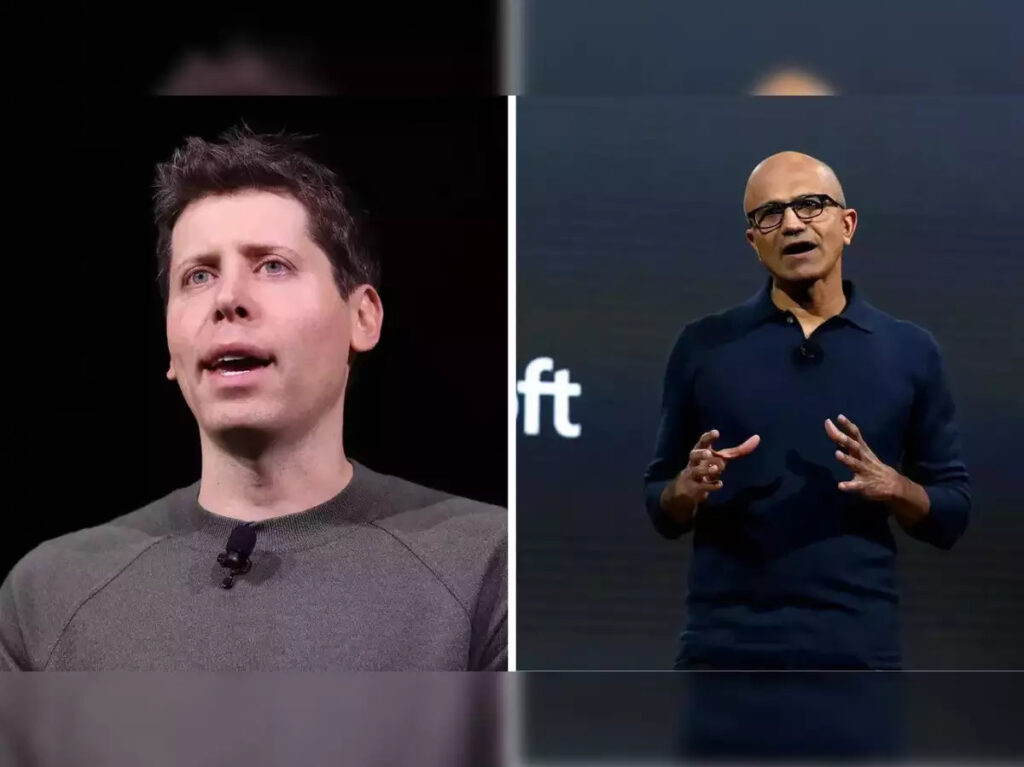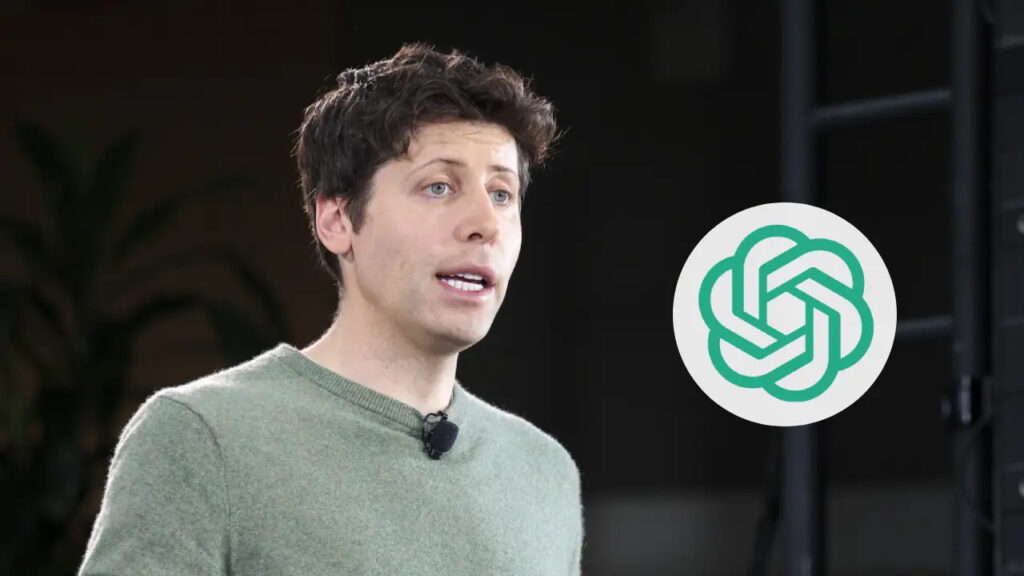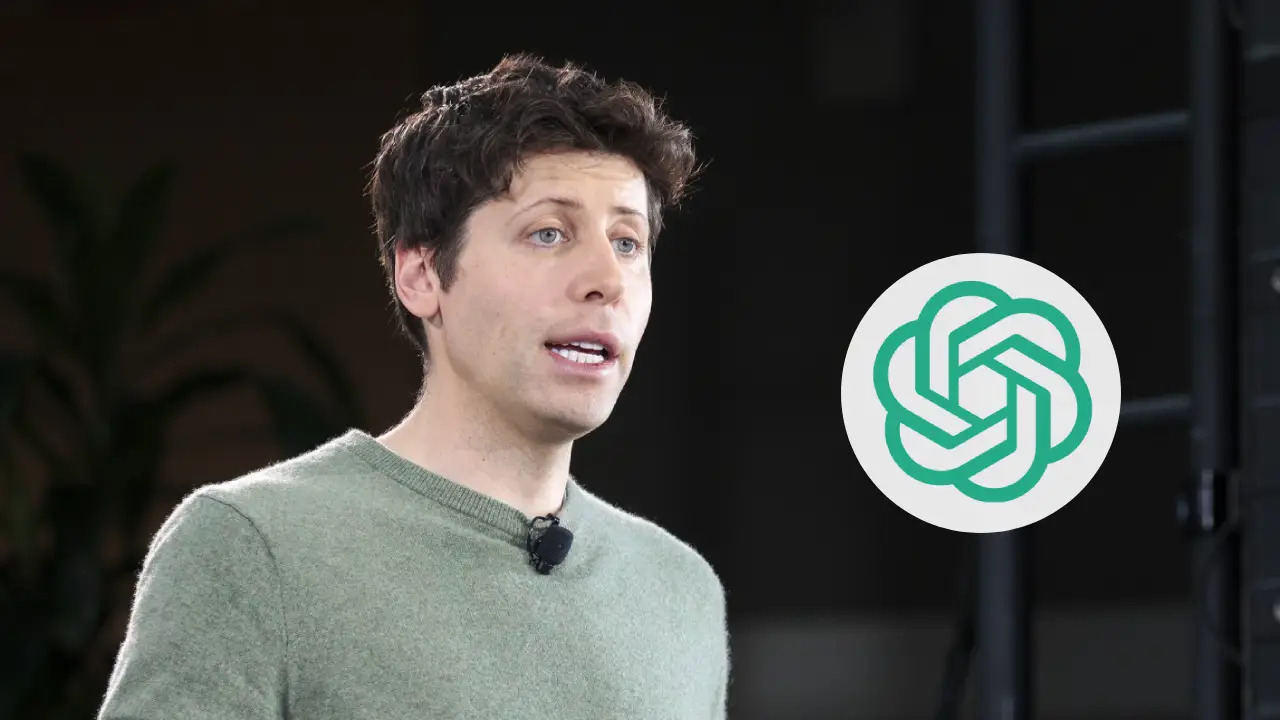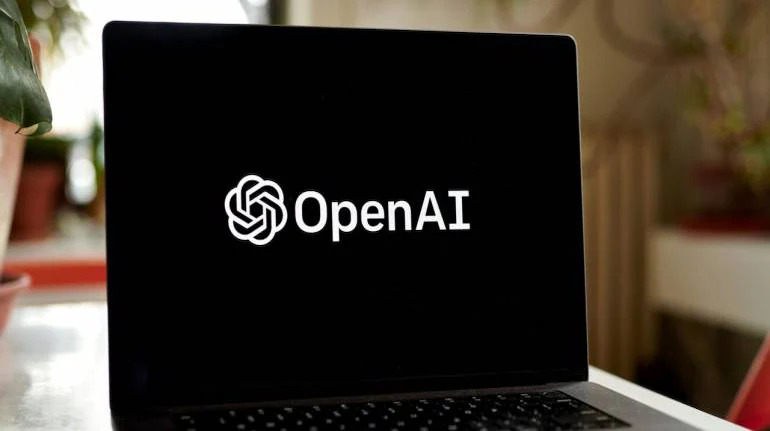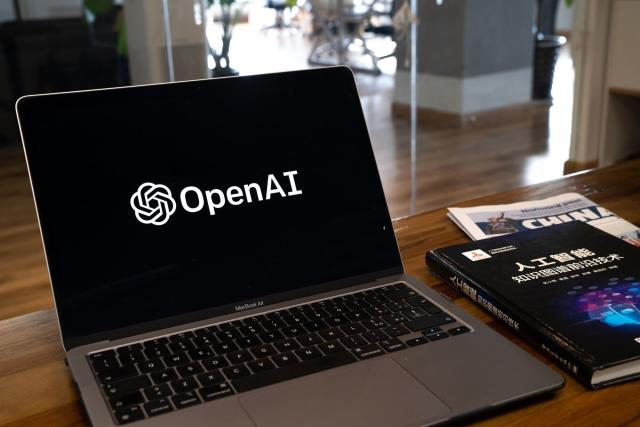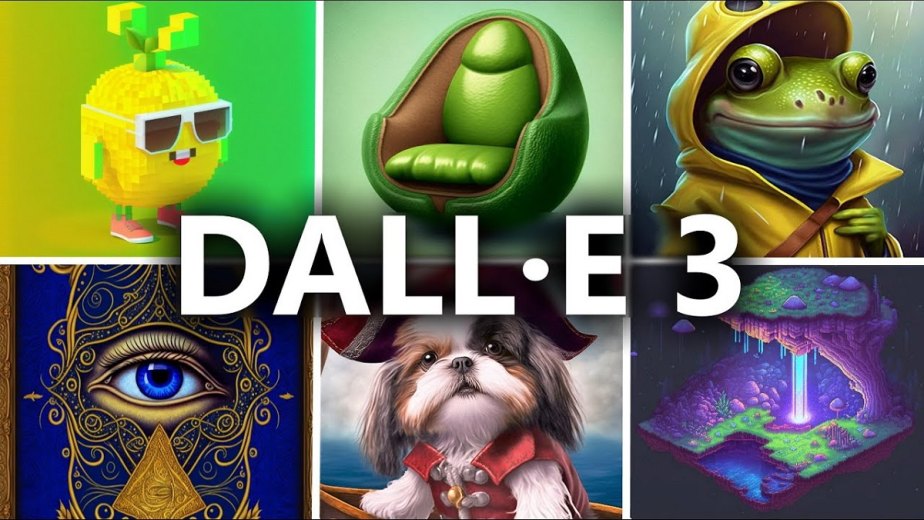Microsoft CEO Signals Willingness to Have Altman Rejoin OpenAI
In a significant development within the tech industry, Microsoft’s CEO has recently indicated his desire to welcome Sam Altman back to OpenAI. The move, which has caught the attention of tech enthusiasts and industry analysts, speaks volumes about the ongoing dynamics and strategic alliances in the field of artificial intelligence (AI).
Sam Altman, a well-known figure in the tech world, is best known for his role as co-founder of OpenAI, a leading AI research laboratory. OpenAI has been at the forefront of many breakthroughs in AI, pushing the boundaries of machine learning and deep learning technologies. Altman’s expertise and vision have been central to the organization’s successes.
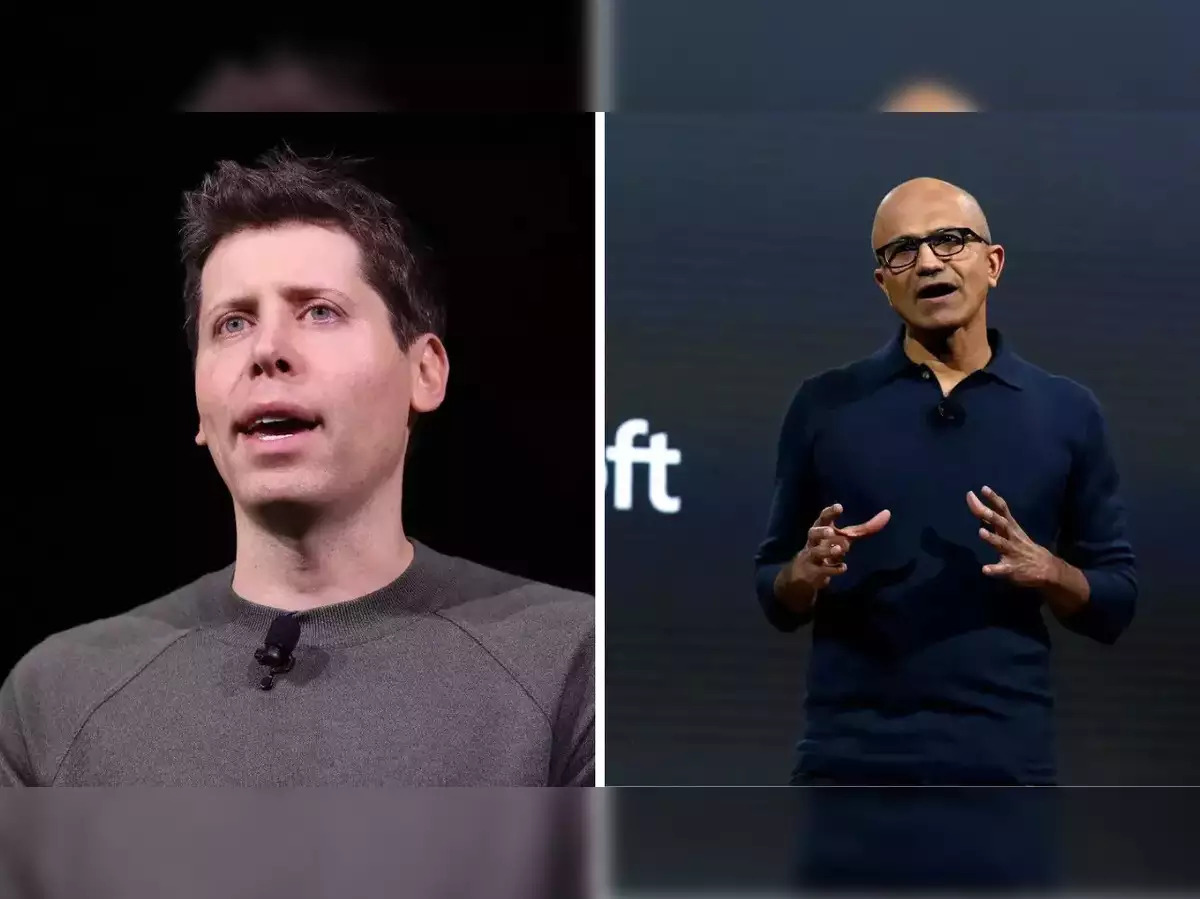
Image Source: economictimes.indiatimes.com
The relationship between Microsoft and OpenAI has been a cornerstone in the development of AI technologies. Microsoft has been a major investor in OpenAI, and this partnership has facilitated significant progress in the field. The integration of OpenAI’s cutting-edge research with Microsoft’s vast resources and technology infrastructure has created a powerful synergy in AI development.
The potential return of Sam Altman to OpenAI under the Microsoft umbrella is a development that could reshape the landscape of AI research and application. Altman’s leadership and innovative approach to AI can further expand OpenAI’s capabilities, while also strengthening Microsoft’s position in the competitive AI market.
However, this scenario is not without its challenges. Re-integrating a figure like Altman into OpenAI, especially with the added dimension of Microsoft’s involvement, will require careful navigation of corporate dynamics, leadership styles, and strategic goals. The implications of this move extend beyond the walls of OpenAI and Microsoft, potentially setting new precedents in the AI industry.
The tech community has reacted to the news with a mix of excitement and speculation. Many see Altman’s potential return as a positive step toward more groundbreaking developments in AI. Others view it with caution, considering the complexities involved in such high-level corporate maneuvers.
In conclusion, the possibility of Sam Altman re-joining OpenAI under the guidance of Microsoft leadership is an important development in the tech world. It highlights the importance of strategic partnerships and visionary leadership in driving the future of technology, especially in a dynamic and influential area like artificial intelligence. Those interested in the future trajectory of AI and its role in shaping our digital landscape will be watching closely as this scenario unfolds.
